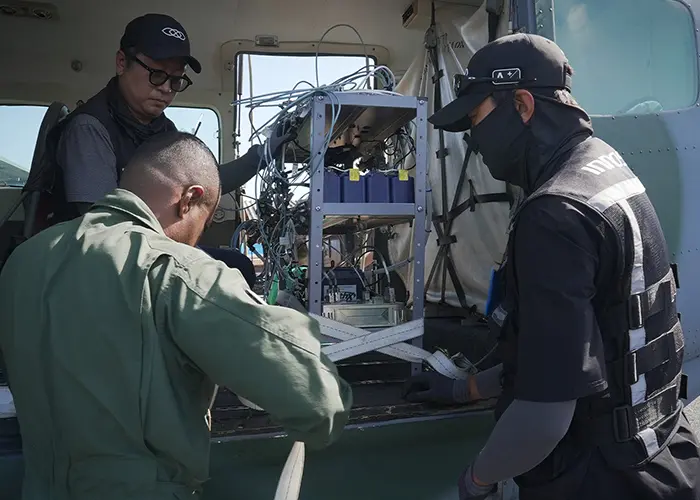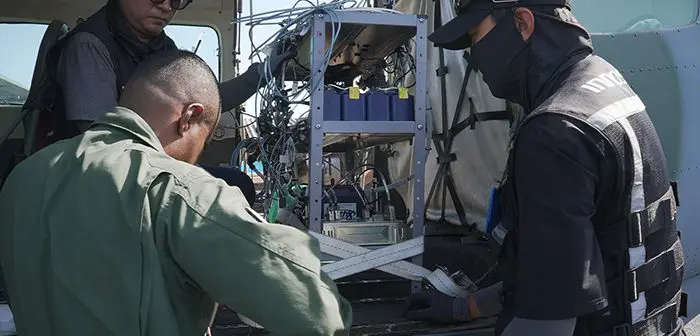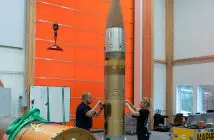
INNOSPACE has completed a series of enhancements to the signal-processing system aboard its HANBIT-Nano launch vehicle, keeping preparations for the SPACEWARD mission on schedule. The company remains on track for its first commercial flight on 17 December from the Alcântara Space Center.
The update follows a schedule shift announced earlier this month, after joint avionics testing with the Brazilian Air Force (FAB) detected minor signal anomalies in a specific segment of the vehicle’s avionics architecture. A final integrated avionics test was conducted on 23 November, followed by further verification using a FAB aircraft under flight-equivalent environmental conditions.
INNOSPACE says the additional tests were used to confirm the tolerance ranges of integration items affected by environmental variations and to ensure the reliability of key data pathways. The engineering team reconfirmed the stability of all major links, including flight imagery transmission, telemetry and navigation data, flight-path tracking, flight-termination system signal reception, and communication between the launch site and the vehicle.
The company has now completed technical reinforcement measures to strengthen overall system robustness ahead of launch.
“Space launch vehicles allow no margin for even the slightest signal deviation,” said Soojong Kim, Founder and CEO of INNOSPACE. “We are revalidating every remaining procedure to ensure a safe and stable launch. The latest integration tests reaffirm the stability of our systems, and we will continue to communicate technical progress transparently as we move toward mission completion.”
The launch window for SPACEWARD now runs from 16–22 December.
The mission will deploy customer payloads into low Earth orbit at 300 km altitude and 40 degrees inclination. A total of eight registered payloads — including five small satellites, three non-separating experimental devices and one symbolic branding model — will be carried aboard HANBIT-Nano.
HANBIT-Nano, South Korea’s first privately developed commercial launch vehicle, is a two-stage rocket standing 21.8 metres tall with a diameter of 1.4 metres. It is powered by a 25-tonne hybrid engine on the first stage and a 3-tonne liquid-methane engine on the second stage.
The maiden commercial mission marks a significant step for INNOSPACE as it works to establish a foothold in the global small-satellite launch market.
Photo: INNOSPACE engineers prepare for the avionics integration test at the Alcântara Space Center in Brazil.





